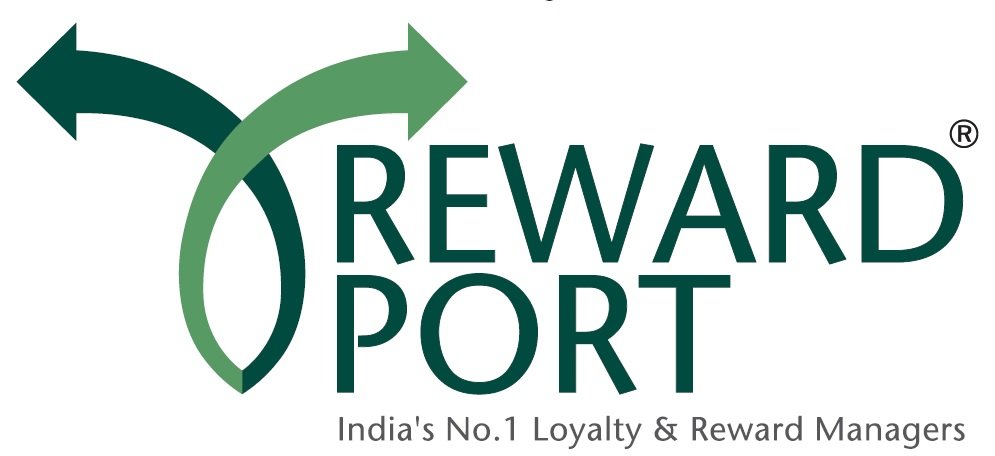Available statistic shows that about 20 to 40% of most business’ capital is tied up in inventory. This portends that any business that mismanages its inventory levels even to a small degree can have a huge challenge on their hands. It can affect their capacity to operate effectively and it can place a huge burden on the Company’s finances.
The more inventory any business holds the higher the likelihood of running into costly issues such as tampering, theft, damage and stock excesses, obsolescence and so much more. Also, excess inventory on retail shelves can keep you at the mercy of market fluctuations in commodity value.
Things You Can do to Get rid of Excess Inventory From Retail Shelves:
1. Flow with the Market
When the market value of a good dips significantly below what you paid when you were acquiring them, keeping hold of a sizeable quantity of those goods can affect your business. As any effective inventory manager will admit, there is no way to completely insulate yourself from overstock.
However, you can run with a plan that helps you reduce your inventory to optimum levels. This would also aid the financial state of your business and position you for other great prospects.
The major goal of controlling your inventory level is to ensure you have enough to match the fluctuations in customer demand. You do not need to tie your cash in maintaining unnecessary stock. You can reduce inventory by communicating effectively down the supply chain.
The engagements at each stage must be in sync and data driven. This will ensure that goods reach your customers without interruption while the safety stock requirements will be kept to a minimum. Some organizations use inventory management software to fulfill this role.
Every process manager across the distribution channel is can be properly positioned to work with up to date data which creates effectiveness.
2. Get rid of Surplus or Obsolete Inventory
Inventory management software can help a business to identify obsolete or surplus inventory. It is important to earmark the most effective way of taking out obsolete inventory. The long term damage of holding in unnecessary stock outweighs the damage of holding on to it in the short term.
There are a number of channels which businesses can use to dispose unwanted inventory. The first thing to do is to categorize the stock that needs to be scrapped or thrown away, those that can be sold off and the stock that can be used within the organization.
You can also negotiate the option of returning surplus stock to the supplier. Closeout and special discount offers is a good avenue to increase customer demand and move excess inventory. Goods which are sold at a discount in an International market allow the retailer to get back part of his investment while moving the stock.
As a last resort, it may be vital to give the goods to a cause or charity which will create some goodwill in the community or you can simply scrap them.
It is important for a business to invest in running with a good inventory management system. This would help to reduce the challenges in your supply chain while improving your profit margins.


